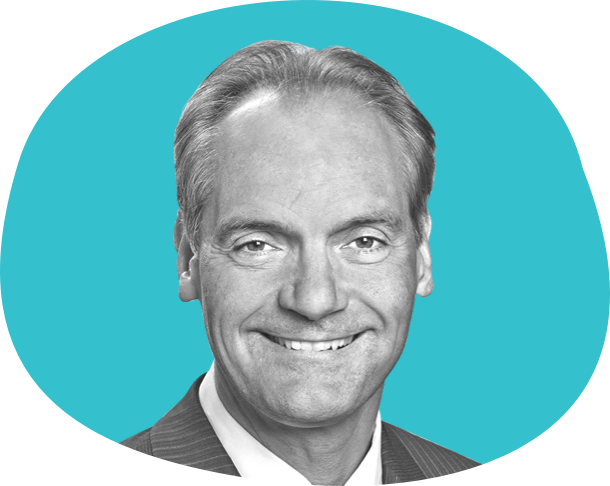Glioblastoma (GBM) is a highly malignant brain cancer that cannot be cured with surgery, radiation and chemotherapy. Survival of patients afflicted with this cancer is less than 15 months. Several clinical trials have failed to improve this survival. Even immunotherapy that has seen success for several cancers has not been effective in GBM.
Oncolytic viruses are laboratory engineered versions of viruses designed to specifically attack tumor cells, like GBM. This causes GBM cell death but also sets up a “vaccine-like” response, allowing for the immune system to further attack and hopefully destroy the GBM.
Dr. Chiocca has been involved in clinical trials of oncolytic viruses for GBM and has completed a 51-patient clinical trial in GBM using an oncolytic virus based on herpes simplex virus 1 (HSV). Using experience and knowledge from this trial, he proposes to bring a “next-generation” oncolytic HSV to the clinic. This “next generation” oncolytic virus was designed to increase the ability of the virus to grow in and destroy GBM cells while also remaining safe in normal tissues. To get this new oncolytic virus to the clinic to treat human patients, Dr. Chiocca needs to perform studies requested by the FDA to show that the clinical lots can be grown and have met predefined quality metrics, and that this new oncolytic HSV possesses a safety profile in mice that allows dosing in human patients. These studies, which will be funded through a grant from ACGT, will allow Dr. Chiocca to file an Investigational New Drug application to the FDA that will permit him to start this new clinical trial.







